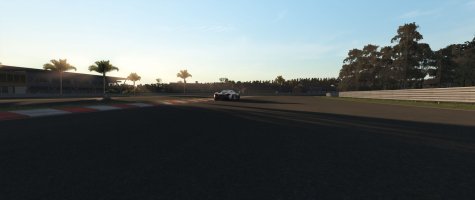Hi all, I've just started thinking about adding bass shakers to my rig. Although I've bookmarked and read through pretty much all posts related to bass shakers here on RD, I still get confused about the requirement of 4 channels in chassis mode.
Like many people who don't have a million dollar budget and are curious about a SimVibe setup, I'm looking at these Dayton Pucks in the hope that I could test it with the chassis setup (2 in the front on my pedals and 2 behind the seat) and feel how good it feels. If I'm happy about the shaking from them I'll keep them, if not I think I could get a larger shaker for the seat, and move 1 of the pucks from the seat to the shifter.
However when I start searching for a amp I get really confused. I have very little knowledge about audio systems, so could someone explain:
I read that it is possible to drive all of these 4 pucks using just 1 4-channel amp. I did some search and found that most of the amps looked like this one with left/right inputs, and outputs for all the channels:
https://www.parts-express.com/ce-labs-av400-a-v-distribution-amp-4-out--180-006
I'm confused that if I'm gonna use an amp like this one, how do I connect it to the sound card? Am I understanding the chassis mode correct that all four channels need to have different sources? Does that mean I need a 4-channel amp that has 2 sets of L/R inputs?
Thanks.
Like many people who don't have a million dollar budget and are curious about a SimVibe setup, I'm looking at these Dayton Pucks in the hope that I could test it with the chassis setup (2 in the front on my pedals and 2 behind the seat) and feel how good it feels. If I'm happy about the shaking from them I'll keep them, if not I think I could get a larger shaker for the seat, and move 1 of the pucks from the seat to the shifter.
However when I start searching for a amp I get really confused. I have very little knowledge about audio systems, so could someone explain:
I read that it is possible to drive all of these 4 pucks using just 1 4-channel amp. I did some search and found that most of the amps looked like this one with left/right inputs, and outputs for all the channels:
https://www.parts-express.com/ce-labs-av400-a-v-distribution-amp-4-out--180-006
I'm confused that if I'm gonna use an amp like this one, how do I connect it to the sound card? Am I understanding the chassis mode correct that all four channels need to have different sources? Does that mean I need a 4-channel amp that has 2 sets of L/R inputs?
Thanks.























